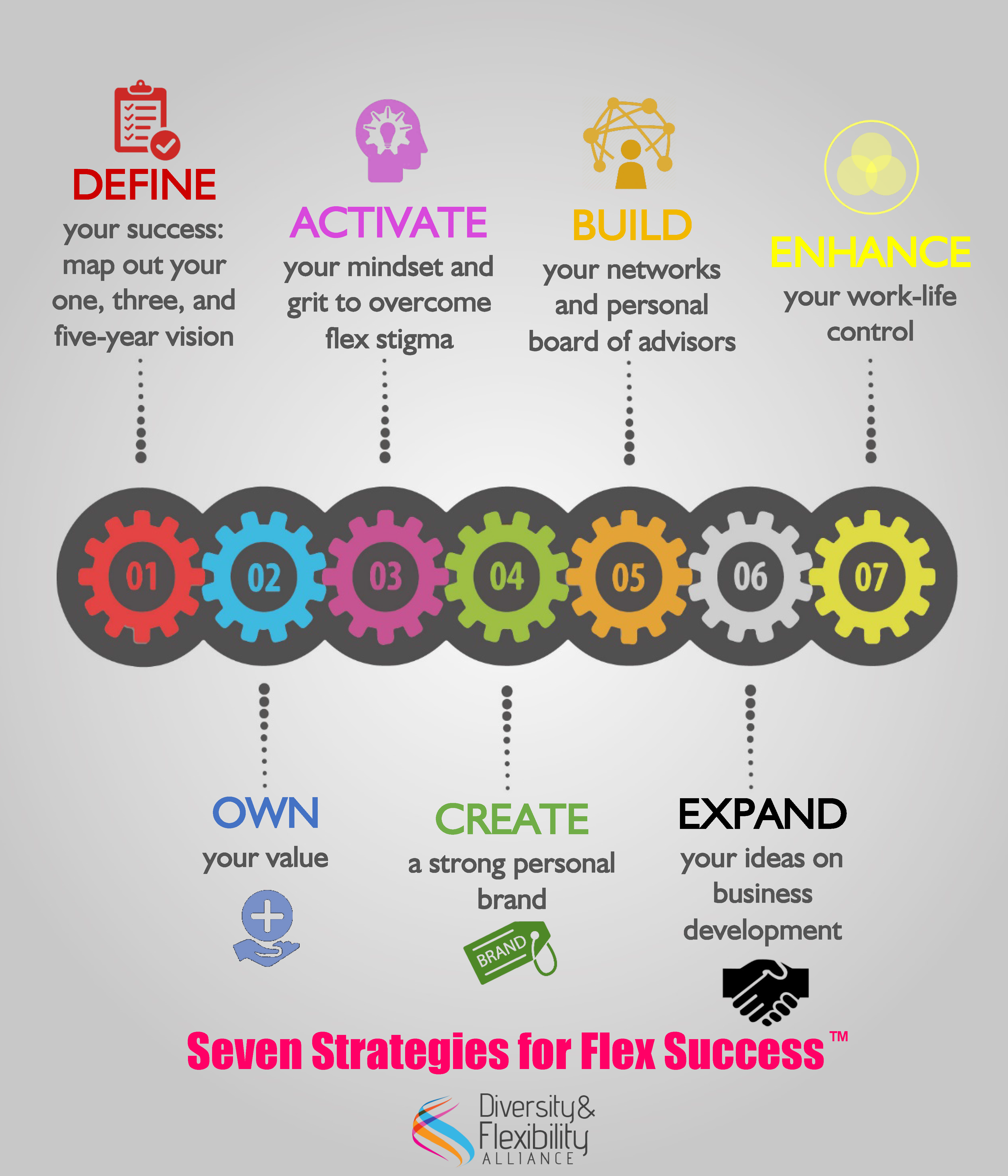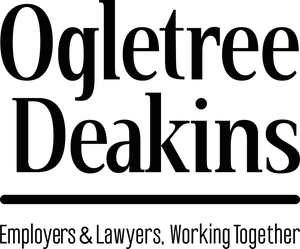This article, by Manar Morales, President & CEO of the Diversity & Flexibility Alliance, was published in the June 2017 issue of the NALP Bulletin. We very much appreciated the opportunity to provide this guest article and we are reprinting it here on our blog with permission from NALP.
Recruiting the top talent from law schools used to be relatively straightforward. Large law firms enticed students with glossy brochures, “swag bags” of gifts, and six-figure starting salaries. The top payers got the top recruits. In 2017, the equation is not so simple. It’s clear that the new generation of law school graduates is looking for more than a big paycheck. In fact, recent surveys show that compensation isn’t at the top of the list of what they’re looking for in potential employers.
Today’s law school graduates want a firm that shares their generation’s unique values. Millennials want a firm culture that supports corporate social responsibility and pro bono work, teamwork, professional development, mentorship, and, in particular, flexible work options. Even if they don’t need flex right after graduation, they view open communication on flex as a sign that the firm has a culture that supports a work-life balance.
Millennials are the largest and most diverse generation in the workforce today. Because of the relatively small size of their predecessor generation, Generation X, law firms will need to recruit more millennials to fill their partnership ranks in the foreseeable future. In fact, by 2020 millennials will comprise 46% of the workforce. It’s now more important than ever for firms to evolve and address the need for flex and engage this new generation.
While millennials seem to be driving the open conversations on flex, it’s clear that everyone wants it, and everyone needs it at some point in their career. In fact, baby boomers are staying in the workforce longer and are using flex to slowly phase out rather than retire completely. Generation X is now the “sandwich generation” that needs flex to care for children as well as aging parents.

 No matter what industry you’re in, it’s always good to stay one step ahead of your business, your clients, your customers or your marketplace. You always want to be thinking about tomorrow and where your career is headed and where your income is coming from. While you might approach business development in a slightly different manner in light of your flexible schedule, it’s still imperative that you dedicate time to business development and to generating your future revenue.
No matter what industry you’re in, it’s always good to stay one step ahead of your business, your clients, your customers or your marketplace. You always want to be thinking about tomorrow and where your career is headed and where your income is coming from. While you might approach business development in a slightly different manner in light of your flexible schedule, it’s still imperative that you dedicate time to business development and to generating your future revenue.
 Morales: What was the impetus for creating a formal flex policy?
Morales: What was the impetus for creating a formal flex policy?